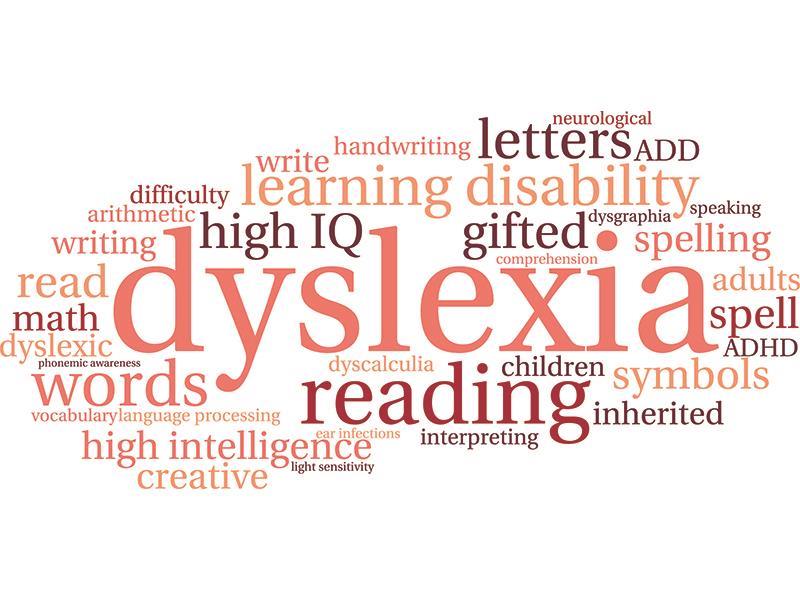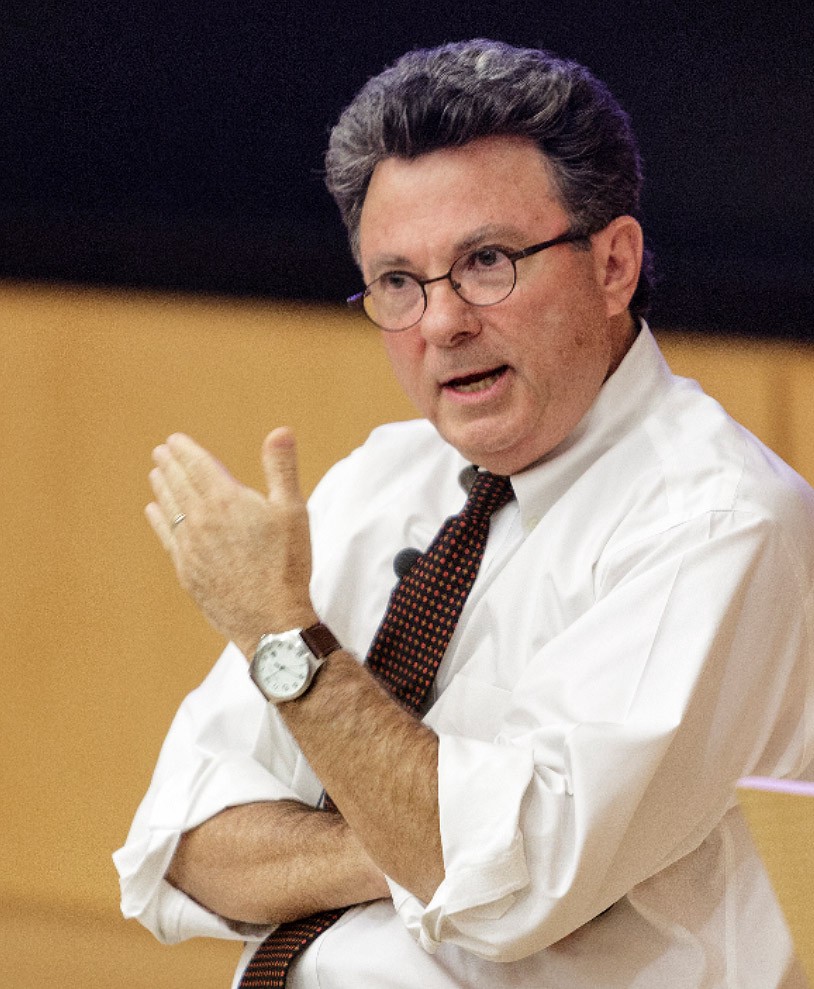By Sally E. Shaywitz, M.D.
Introduction.
We explore the book “Overcoming Dyslexia” by Sally E. Shaywitz, through a eight-part series. A complete science-based program to remediate reading problems at any level.
Who is Dr. Sally E. Shaywitz?
Dr. Shaywitz is a professor of pediatric neurology at Yale University. She also belongs to the Institute of medicine at the National Academy of Sciences and the national reading panel.
She dedicated her life to understanding dyslexia. Also, she mentioned that dyslexia touches 80% of students with a disability.
Furthermore, her passion for understanding dyslexia led her to become a neuroscientist. She then set herself out to help children and families overcome reading difficulties.
Likewisde, she became the co-founder and co-director of the Yale University for Dyslexia and Creativity (Book: “Overcoming Dyslexia”).
How Dr. Shaywitz came to study dyslexia?
Firstly, Dr. Shaywitz, while in pediatry, realized that many parents were distressed. This feeling appeared when their children faired poorly in school.
Secondly, she observed the negative effects on children’s lives when they were not performing well academically. For this reason, she realized that something needed to be done to mitigate this situation.
In conclusion, she went on to further her education into developmental and behavioral pediatrics. She then developed her education in learning disabilities.
Finally, she extended her knowledge to the field of reading.Dr. Bennett A. Shaywitz.
Who is Benett A. Shaywitz?
Dr. Shaywitz has the privilege to share her passion with her husband, Bennett A. Shaywitz, M.D.
Consequently, he is also a professor of pediatrics and neurology Yale University.
Finally, his role is to ensure the progress made in the field of dyslexia and translate them into policy and practice.
People who read this post also read: Lost at school – Part 2/2
Dr. Sally and Bennett Shaywitz.
Moreover, Dr. Shaywitz has been selected by the National Academy of medicine as the best doctor in America.
Along with her husband, they became the recipients of the liberty science Center 2019 genius award. This award was “for advancing our understanding of dyslexia.” (Book overcoming dyslexia second edition).
To know more about Dr. Sally and Bennett Shaywitz, please click here.
Literary trail.
Dr. Shaywitz authored about 350 scientific articles and book chapters such as:
- A definition of dyslexia by GR Lyon, SE Shaywitz, BA Shaywitz – Annals of dyslexia, 2003 – Spring
- Developmental lag versus deficit models of reading disability: A longitudinal, individual growth curves analysis by SE Shaywitz, KK Stuebing, BA Shaywitz… – Journal of …, 1996 – psycnet.apa.org
- Disruption of posterior brain systems for reading in children with developmental dyslexia by BA Shaywitz, SE Shaywitz, KR Pugh, WE Mencl… – Biological …, 2002 – Elsevier
- Prevalence of reading disability in boys and girls: Results of the Connecticut Longitudinal Study by SE Shaywitz, BA Shaywitz, JM Fletcher, MD Escobar – Jama, 1990 – jamanetwork.com
- Dyslexia (specific reading disability) by SE Shaywitz, BA Shaywitz – Biological psychiatry, 2005 – Elsevier
- Rethinking learning disabilities by …, JM Fletcher, SE Shaywitz, BA Shaywitz… – … special education for …, 2001 – researchgate.net
- Reading disability and the brain by SE Shaywitz, BA Shaywitz – On developing readers: Readings …, 2016 – books.google.com
- Developmental trajectories of white matter structure in children with and without reading impairments by …, J Holahan, S Shaywitz, K Bakhshi, B Shaywitz – Developmental cognitive …, 2019 – Elsevier
For a more comprehensive list, please click here.
Connecticut Longitudinal Study: Prevalence of reading disability in boys and girls.
This study was conducted in 1990 with a sample of 215 girls and 199 boys. These children were separated in 2 groups. One group was identified by schools and the other one by researchers.
So the results showed that there was no significant difference between boys and girls with the sample determined by researchers.
However, there was a significant difference between boys and girls with the sample determined by schools.
Meaning of the results.
It meant that in the sample of students determined by researchers, there were no more boys than girls with dyslexia.
On the contrary, in the sample of students determined by schools, there were more boys than girls with dyslexia.
The reason could be determined by biases from schools referring more often boys than girls to special education.
Why is it so?
The reason is simple. Boys are often more demonstrative than girls.
Consequently, they are more likely to misbehave in the classroom and therefore be noticed by school members. Girls, on the contrary, are more likely to be quiet and thus, unfortunately, unnoticed.
To know more, please click here.
Birth of the book “overcoming dyslexia” in 2003.
Finally, after many different kinds of research with patients affected by dyslexia, Dr. Shaywitz wrote the book “overcoming dyslexia” in 2003.
She deemed it important to dissipate her knowledge to consequently, inform the population. Her goal was to define the characteristics of dyslexia and what could be done about it.
However, as technology evolved and fMRI’s (*) were able to catch the brain in action while reading, Dr. Shaywitz updated this book with a second edition published in 2020.
(*) fMRI is functional magnetic resonance imaging. Neuroscientists are using this noninvasive method to observe and study the human brain in action. For instance, neuroscientists can visualize the brain while reading. Effectively, blood flow to the regions used by the brain shows on the fMRI, which allows scientists to view the brain in action.
Book content
The book “overcoming dyslexia’s” second edition is divided into seven parts.
- 1: The nature of reading in dyslexia
- 2: Translating science into practice: diagnosing dyslexia
- 3: Helping your child to become a reader
- 4: Turning struggling readers into proficient readers
- 5: Choosing a school
- 6: Success at the high school and beyond
- 7: Making it work for the dyslexic child and adult
Therefore, I will summarize each part and add information from my research. This will conclude our series on Dyslexia!
Purchasing the book
If you are interested in purchasing the book “Overcoming Dyslexia, the second edition” please click the image below.
eLearning-sofun a site dedicated to parents who want to have another perspective on the academic and social-emotional welfare of their children!
“Learning is intelligence having fun!”
P.S: Amazon links are affiliated. We perceive a small commission if you use the Amazon links. The commission keeps us diffusing free content. Thank you for your support! 😉




